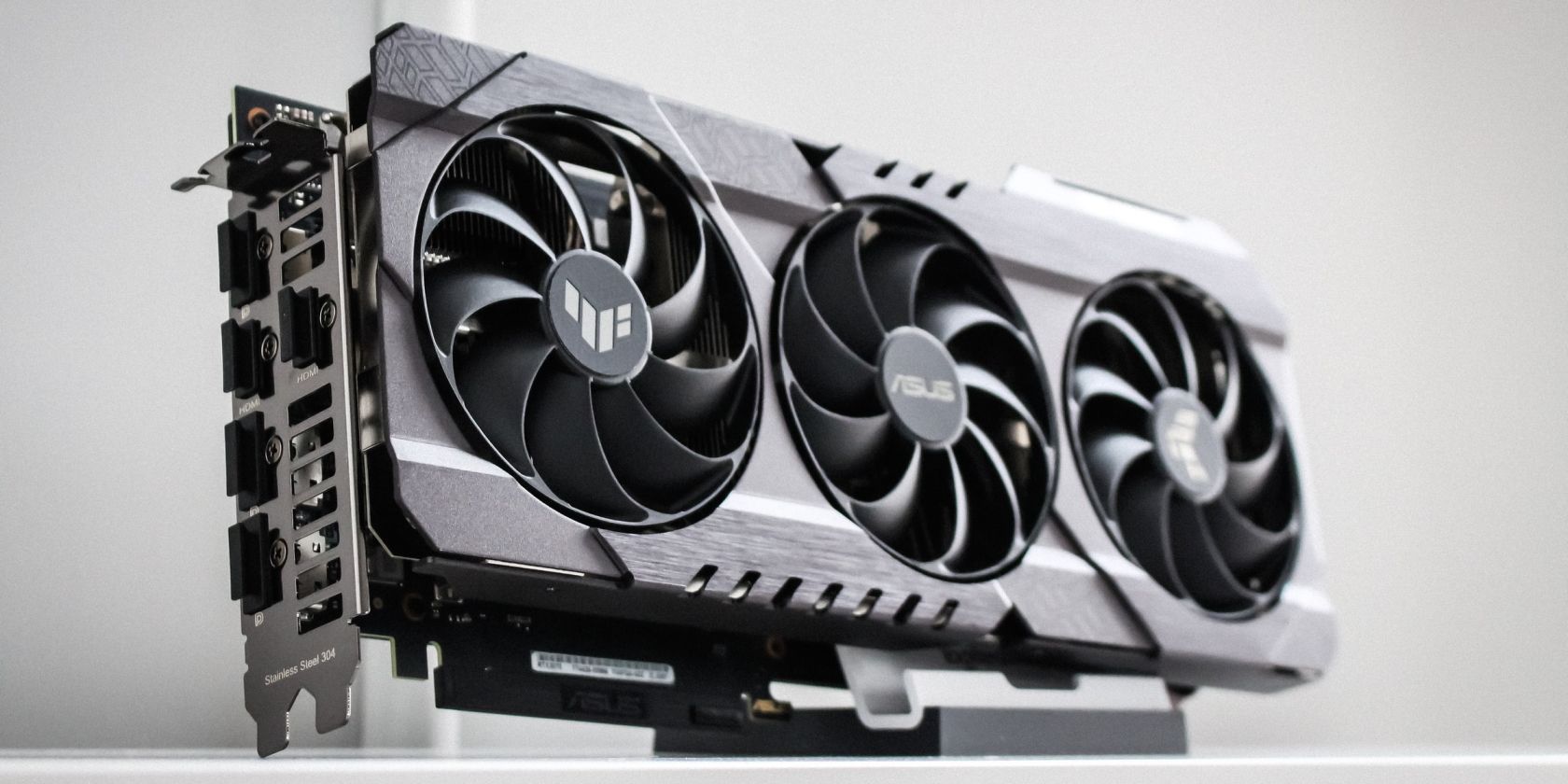Experiencing glitches, artifacts, or even a complete loss of display can be disconcerting for any PC user. Often, these issues point to a problem with the graphics card, which is a crucial component in rendering images on your screen. Resetting your graphics card can often resolve these issues without the need for more drastic measures. This article provides a step-by-step guide on how to reset your graphics card on a PC, ensuring you can get back to your activities with minimal fuss.
Identifying the Problem: When to Reset Your Graphics Card
Recognizing Graphics Card Issues
Before you reset your graphics card, it’s important to recognize signs that suggest a reset is necessary. Common indicators include screen flickering, strange lines or patterns appearing on the screen, applications crashing, or the infamous “blue screen of death.” These symptoms often suggest that the graphics card is not communicating effectively with the rest of your system.
Verifying the Graphics Card Status
Before proceeding with a reset, verify the status of your graphics card in the Device Manager of your PC. Navigate to the Device Manager, find the Display Adapters section, and check if your graphics card is listed without any warning icons. If there is an issue, it may be flagged with a yellow exclamation mark, indicating a problem with the device drivers or the card itself.
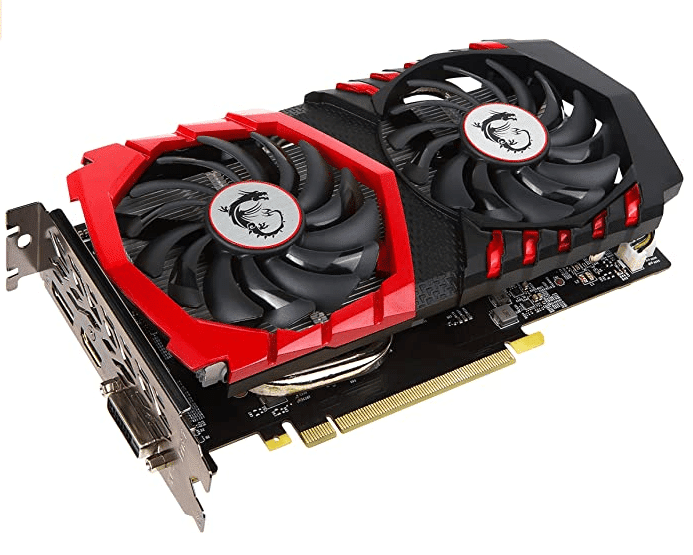
Basic Reset: Power Cycling and Rebooting
Performing a Power Cycle
One of the simplest methods to reset your graphics card is power cycling. Turn off your PC and unplug it from the power source. Press and hold the power button for about 30 seconds to discharge the remaining power in the system. This process can reset the motherboard and the graphics card state, resolving temporary glitches.
Rebooting with Hardware Resets
If power cycling does not work, you can attempt hardware resets. This involves physically removing and reinserting the graphics card. Power down your PC, open the case, carefully detach the card from the PCIe slot, and then reinsert it to ensure a clean connection. Reassemble your PC and turn it on to see if the reset improves your graphics card’s performance.
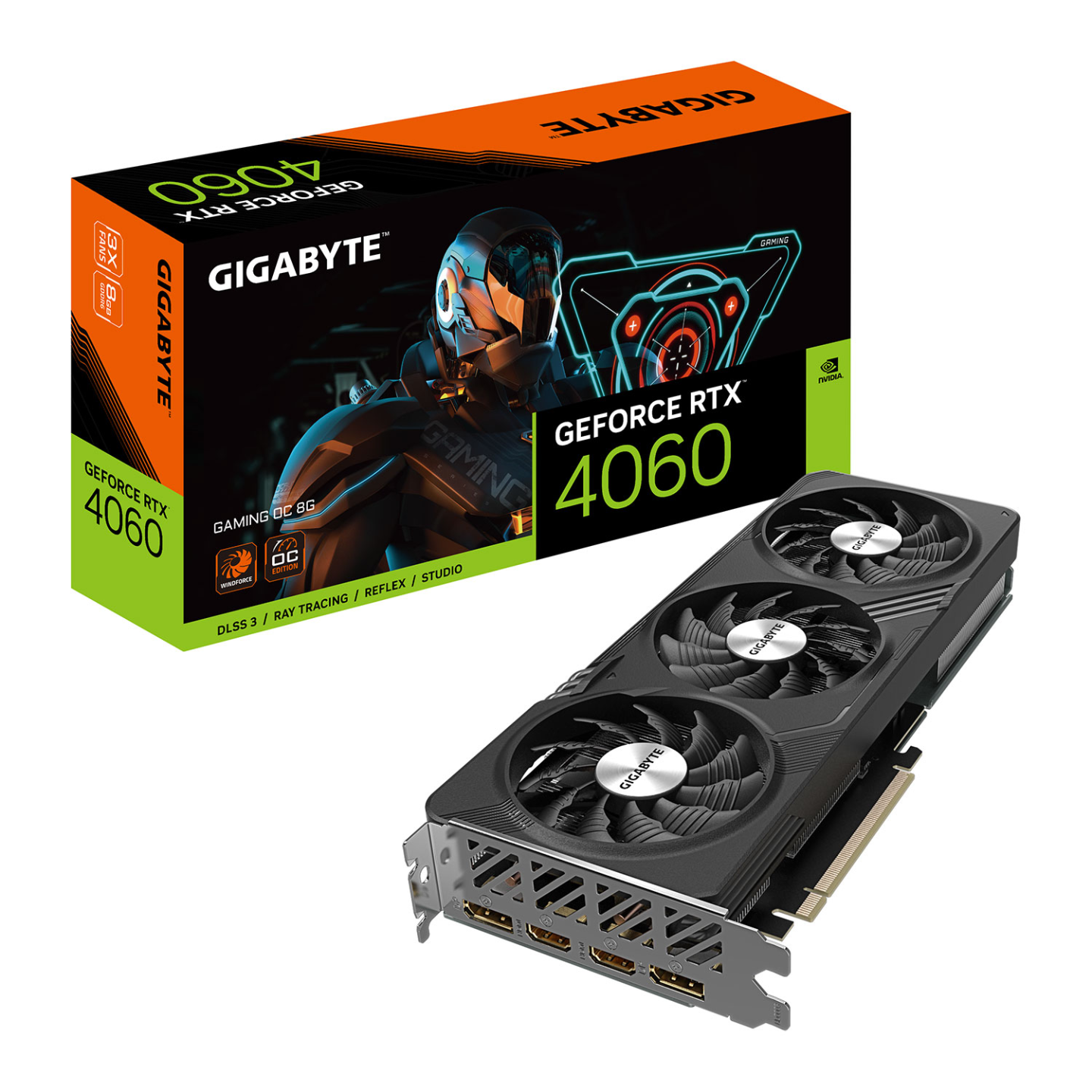
Advanced Troubleshooting: Driver and BIOS Resets
Updating or Reinstalling Graphics Drivers
Graphics drivers are software components that allow your operating system to communicate with your graphics card. Outdated or corrupt drivers can lead to performance issues. Visit the manufacturer’s website to download the latest drivers, and install them to ensure your card’s software is up to date. If problems persist, you can uninstall the graphics drivers from Device Manager and reinstall them for a fresh reset of the driver software.
Tweaking BIOS Settings
For a more in-depth reset, BIOS settings might need adjustment. Reboot your PC and enter the BIOS setup (usually by pressing F2, Del, or a similar key during startup). In the BIOS, you can reset to default settings or adjust configurations that may affect graphic card performance, such as disabling onboard graphics when using a dedicated card. Save your changes and exit BIOS to see if these adjustments solve the problem.
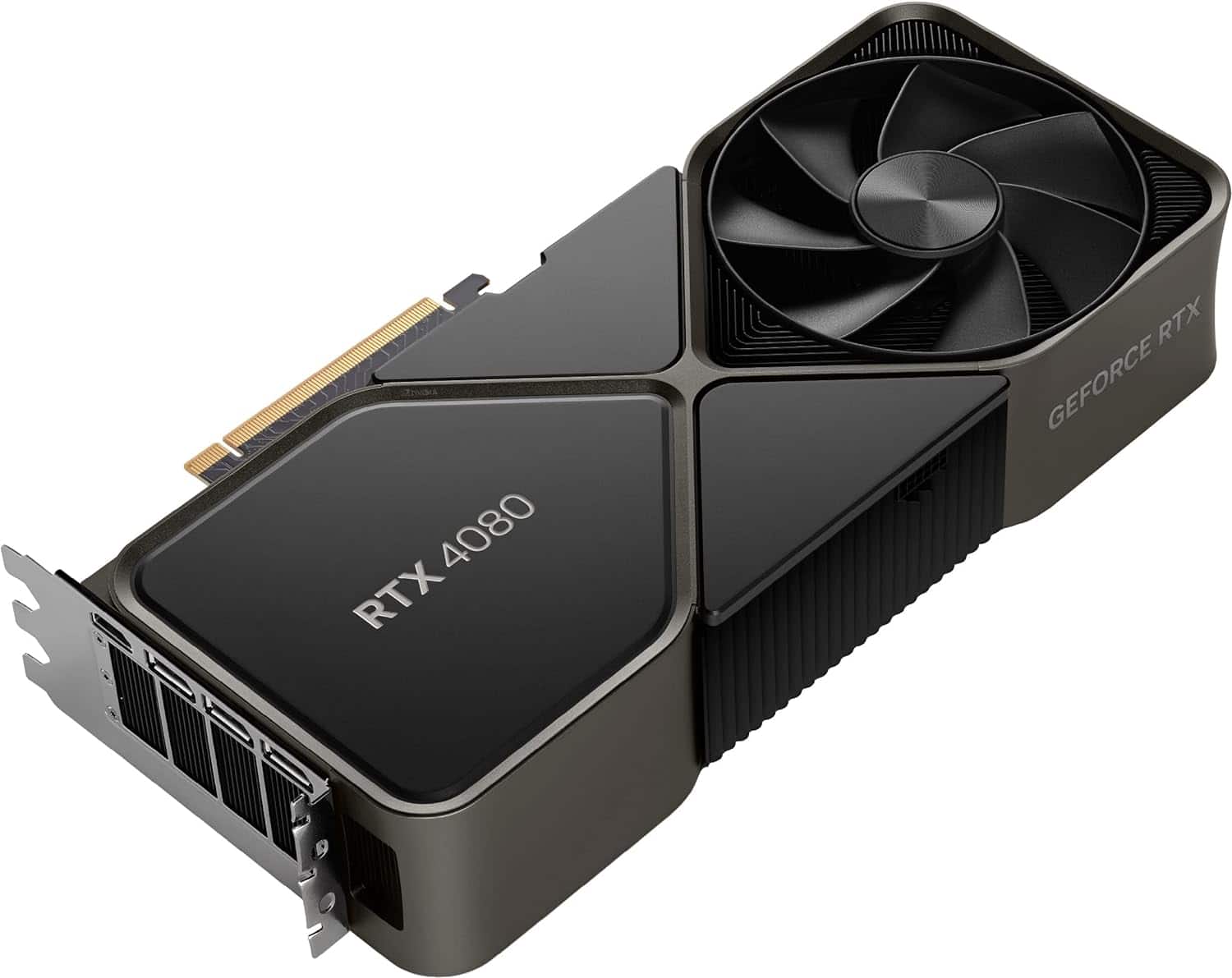
Seeking Professional Help: When DIY Doesn’t Cut It
Consulting Community Forums and Online Resources
If the problem with your graphics card is persistent, seeking advice from professional spaces such as community forums and online resources may offer solutions. Often, power users and tech enthusiasts have dealt with similar issues and can provide guidance on fixing obscure issues with graphics cards.
When to Bring in the Professionals
Should all your efforts to reset your graphics card prove futile, it might be time to consult a professional. Take your PC to a certified technician who can diagnose hardware faults that a simple reset cannot fix. It might be that your graphics card requires repair, or even replacement, which is best handled by someone with the right experience and tools.
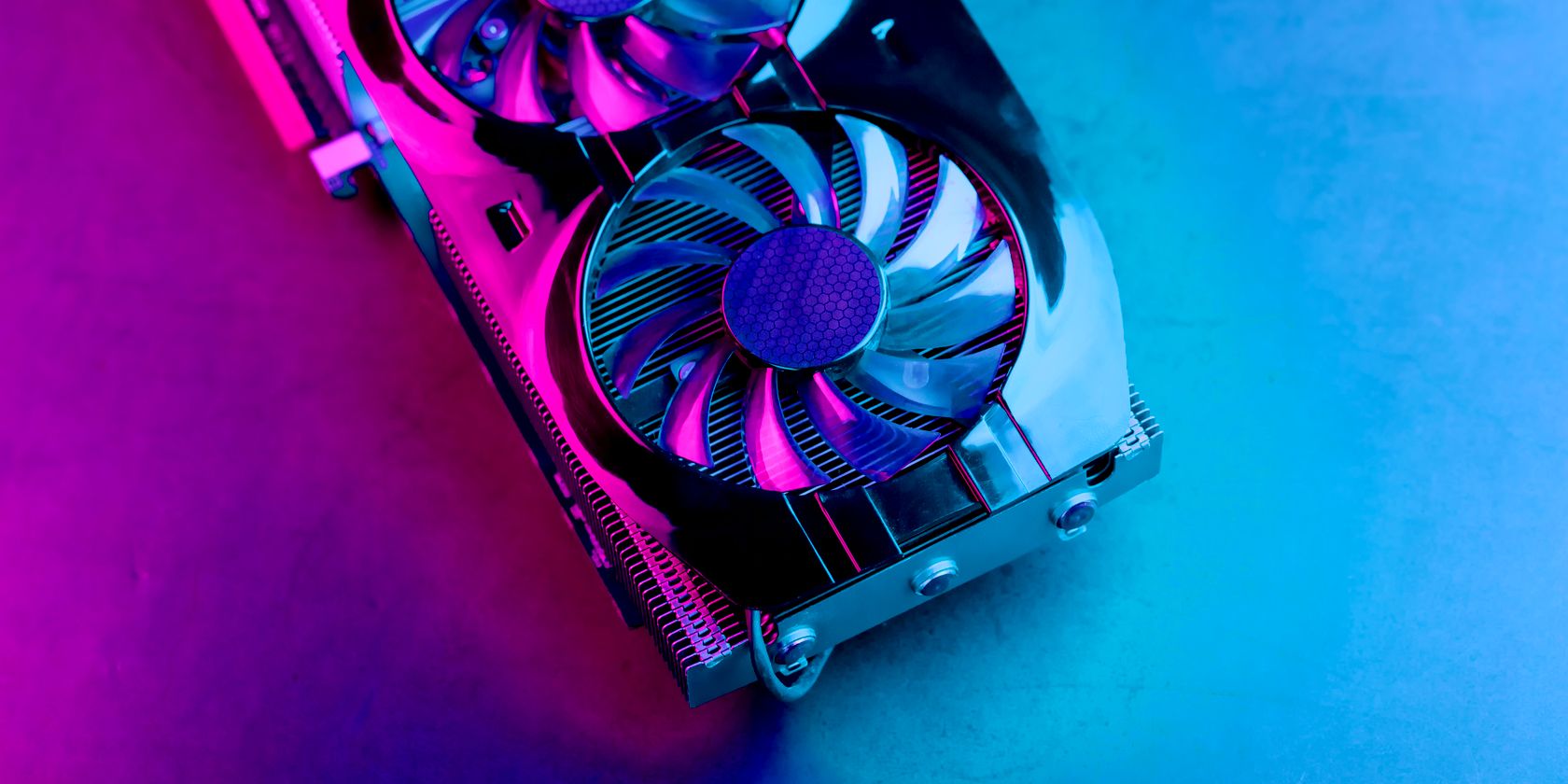
Final Software Solutions: System Restore and OS Reinstallation
Utilizing System Restore
Before concluding that the graphics card itself is at fault, it might be a software issue that’s impacting your display. Windows offers a System Restore feature that can revert your computer’s software configuration to a previous state when everything worked properly. Access this feature through the Control Panel or by typing “System Restore” in the search bar. Choose a restore point dated before the graphics problems started, and follow the prompts to roll back your system.
Reinstalling the Operating System
If system restore doesn’t resolve the graphics card issue, then a more drastic step might be necessary: reinstalling the operating system (OS). This can fix deeper software issues that affect graphics card performance. Back up your important files and prepare for a clean installation of your OS using installation media. The fresh install should eliminate any software conflicts causing problems with the graphics card.
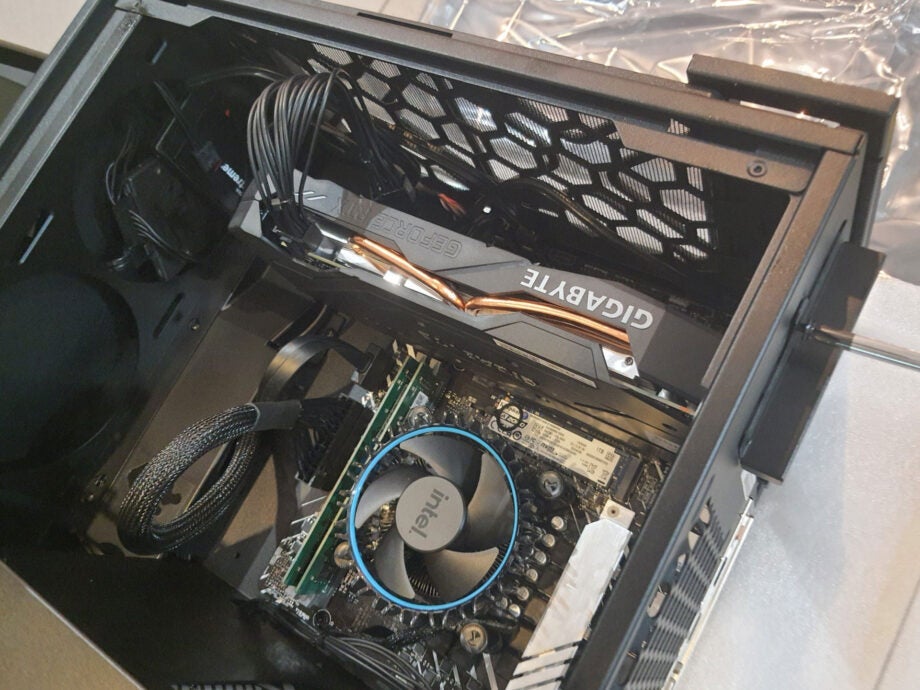
Precautionary Measures: Preventing Future Graphics Card Problems
Regular Maintenance and Cleaning
Another crucial but often overlooked aspect is the physical maintenance of the graphics card. Dust and debris can accumulate over time, causing the card to overheat and malfunction. Regular cleaning of your PC’s interior, especially the fans and heat sinks on the graphics card, can prevent many issues.
Proactive Monitoring and Updating
Stay proactive by regularly monitoring the temperature and performance of your graphics card using specialized software. Keep your graphics card firmware and drivers up to date to ensure compatibility and optimal performance. Manufacturers often release driver updates that can fix known issues and improve the stability of your graphics card.
Leveraging Expert Resources: Manufacturers and Community Support
Engage with Manufacturer Support
For persistent issues that defy all attempts at home solutions, engaging with the graphics card manufacturer’s customer support can be invaluable. These teams are equipped with extensive knowledge about their hardware and can provide firmware updates, specialized tools, or warranty support that might be the only solution for particularly stubborn problems.
Community Support and Knowledge Base
The user community around PC building and maintenance is robust, encompassing forums, social media groups, and support websites. These venues can be goldmines of information where you can learn from the experiences of others who’ve faced similar graphics card issues. They might suggest unconventional solutions or share insights that aren’t widely known but could solve specific problems.
In conclusion, resetting your graphics card on a PC can be a straightforward process that often resolves common display problems. By identifying the issue, performing basic or advanced troubleshooting, and seeking professional help when needed, you can revive your PC’s display. Regular maintenance and staying up-to-date with software updates can prevent many of these issues, but when problems do arise, this guide can help you quickly get back to optimal performance with minimal downtime.
